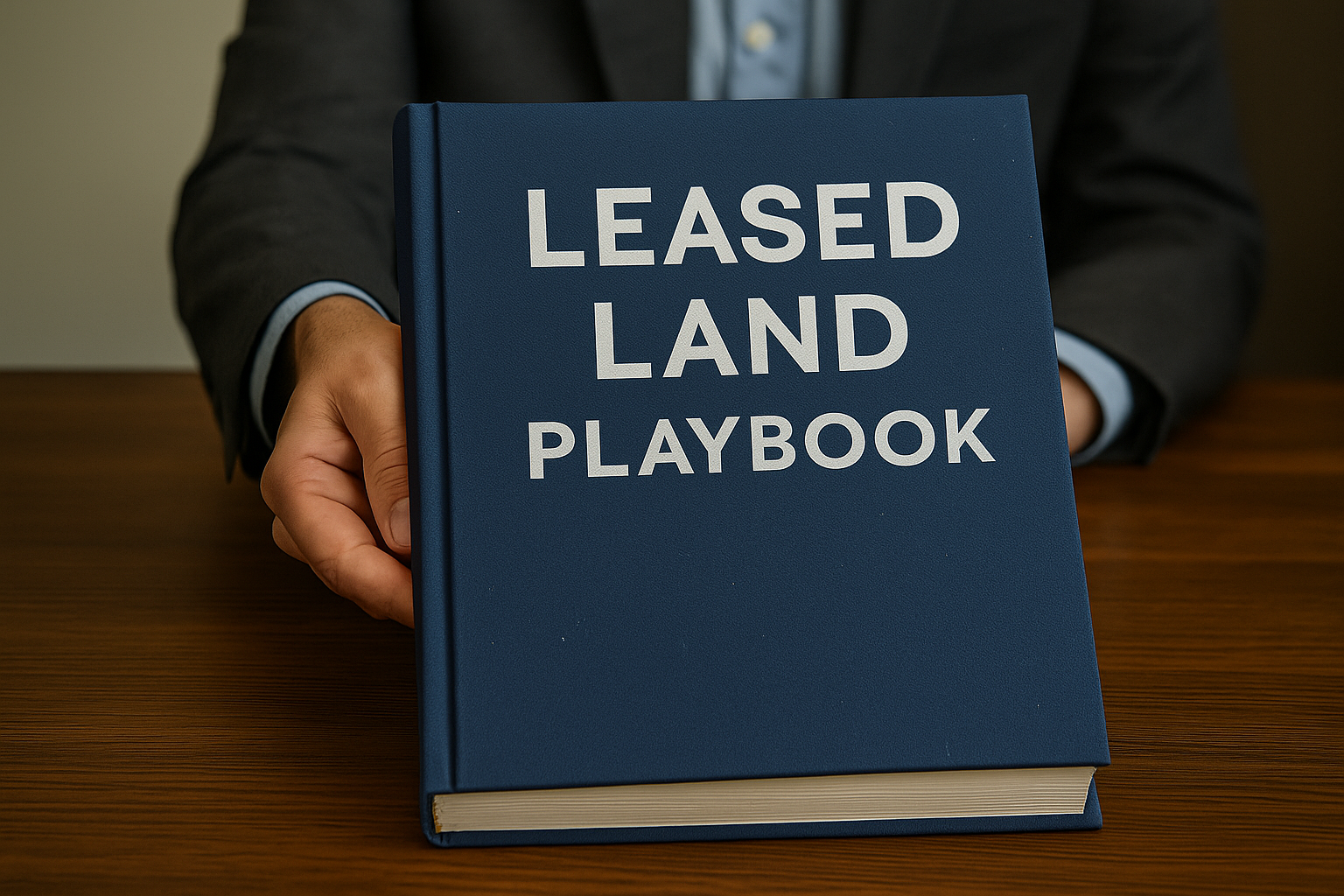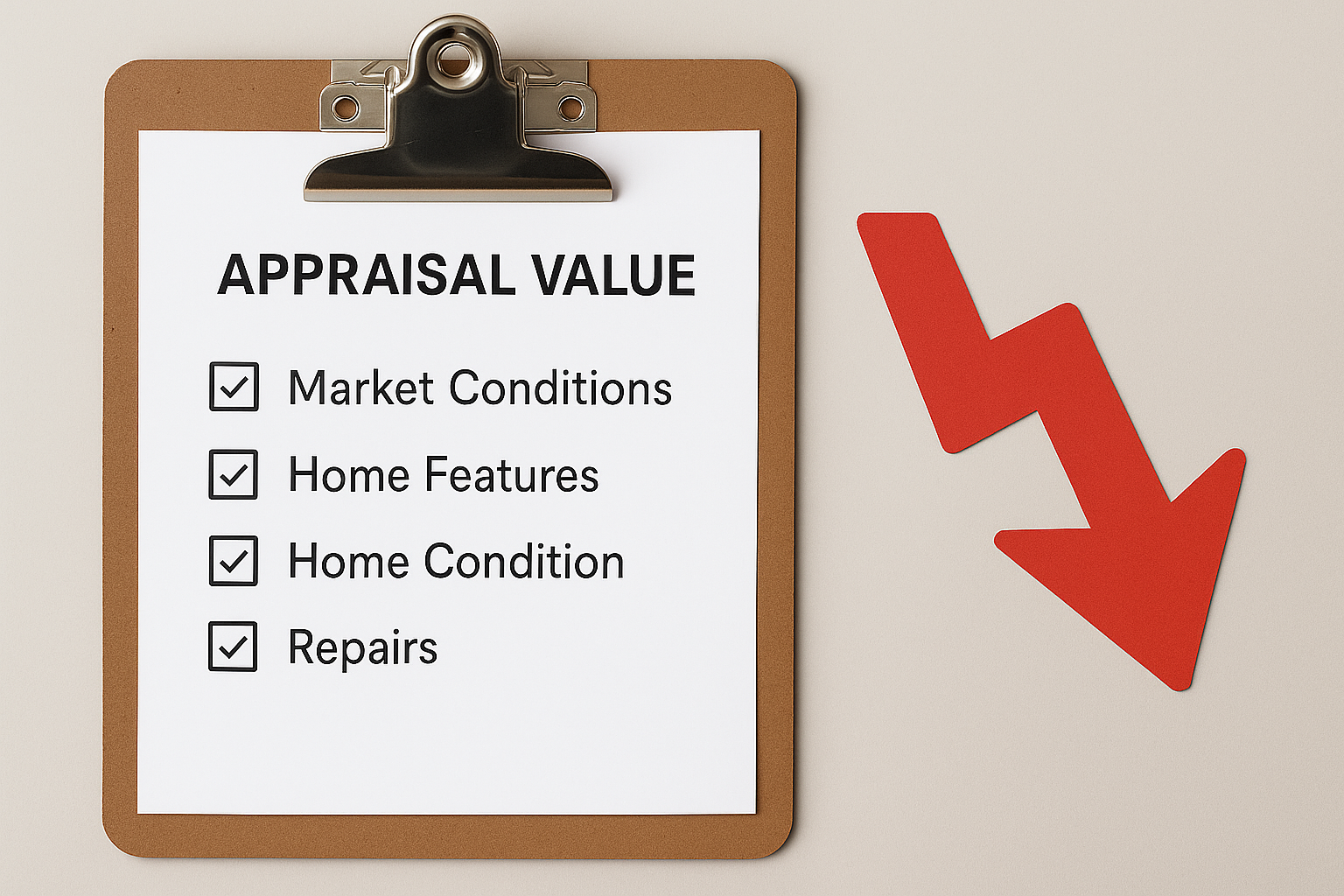Table of Contents
ToggleHacks to Boost Poor Credit
Poor credit can significantly limit financial opportunities, from securing loans to managing unexpected expenses. Many Canadians find themselves in a cycle of high-interest debt and struggle to improve their credit scores. However, for homeowners, leveraging equity financing provides a unique and effective pathway to break free from financial stress and repair poor credit.
Equity borrowing allows homeowners to access a portion of their property’s value, which can be used strategically to consolidate debt and reduce credit utilization, two critical factors in improving credit scores. This article explains how to use equity-based financing to consolidate debt, boost poor credit, and regain financial control.
Understanding Credit Scores
Key Components of a Credit Score
- Payment History: Accounts for 35% of your score; on-time payments are crucial.
- Credit Utilization: Responsible for 30%; keeping balances low relative to credit limits improves scores.
- Credit History Length: A longer credit history contributes positively.
- New Credit Inquiries: Frequent hard checks can lower your score temporarily.
Poor credit often results from missed payments, maxed-out credit cards, or significant debt loads. For example, Sarah, a homeowner with a 580 credit score, struggled to secure a traditional loan—her high credit utilization ratio—80% of her available credit—signalled financial instability to lenders. Equity borrowing became her best option for economic recovery.
Understanding the details behind credit scoring can help homeowners make more informed decisions about financing options. Knowledge is key to making progress toward financial goals.
What is Equity-Based Financing?
Equity-based financing is the process of accessing the value built up in your home. For instance, if your home is worth $500,000 and you owe $300,000, your available equity is $200,000.
Types of Equity Financing
- HELOCs: A revolving line of credit secured by your equity.
- Home Equity Loans: Lump sum financing with fixed terms.
- Mortgage Refinancing: Adjusting your mortgage to access funds.
These types of financing options can provide flexible solutions for a variety of financial needs, from debt consolidation to home renovations. Choosing the right type depends on your individual financial situation and goals.
Using Equity Financing to Repair Credit
Leveraging equity-based financing for credit repair involves consolidating high-interest debts, reducing credit utilization, and making consistent payments.
Steps to Maximize the Benefits of Equity Financing for Credit Repair
- Prioritize High-Interest Debt: Focus on paying off the most expensive loans first.
- Maintain Low Utilization: Keep credit card balances below 30% of their limits.
- Make Timely Payments: Ensure payments are never missed to avoid penalties.
Example:
John had $40,000 in credit card debt with an average interest rate of 18%. By using a HELOC with a 5% interest rate, he reduced his monthly payments and lowered his credit utilization. Within six months, his credit score improved by 100 points.
Relevant Statistics:
According to a 2023 report, average credit card interest rates in Canada range from 19.99% to 29.99%, while equity-based loan rates typically range from 4% to 8%.
Additionally, many homeowners find that by reducing the number of monthly payments they manage, they can create a more streamlined approach to improving their financial stability. Simplifying payments can often make budgeting and financial management less overwhelming.
Benefits of Equity Borrowing
- Lower Interest Rates: Compared to credit cards and unsecured loans.
- Improved Credit Utilization: Reducing credit card balances boosts scores.
- Simplified Payments: Consolidating multiple debts into one manageable loan.
Real-Life Example: Debt Consolidation Success
A Toronto couple used a $50,000 equity-based loan to pay off high-interest debts. Over one year, their credit scores improved by 150 points, allowing them to refinance their mortgage at a better rate.
Additional Advantages of Equity-Based Loans
- Predictable Terms: Fixed interest rates for stable payments.
- Tax Benefits: Potential deductions on interest for certain uses (consult a tax advisor).
Equity borrowing also allows homeowners to maintain their current lifestyle while managing their debts effectively. By accessing equity, you can create a path toward financial recovery without sacrificing essential expenses.

Potential Risks and Limitations
- Risk of Foreclosure: Failing to make payments could result in losing your home.
- Overleveraging: Borrowing too much against your equity can lead to financial strain.
- Eligibility Barriers: Homeowners with insufficient equity may not qualify.
Mitigating Risks
- Budget Carefully: Ensure you can manage additional payments.
- Explore Alternatives: Consider secured credit cards or debt management plans.
- Work with Trusted Lenders: Avoid predatory practices by choosing reputable institutions.
By taking a cautious and well-informed approach, you can minimize the risks associated with equity-based financing. Being proactive in managing your finances is critical to long-term success.
Steps to Get Started
- Evaluate Eligibility: Determine your available equity by assessing your loan-to-value ratio (typically capped at 80%).
- Prepare Documentation: Collect ID, mortgage statements, and recent property tax bills.
- Consult Professionals: Speak with a financial advisor or mortgage specialist to identify the best option for your needs.
- Submit Your Application: Choose a lender, submit the required documents, and finalize the agreement.
Key Documents Required
- Proof of Identification: Two pieces of government-issued ID.
- Mortgage Statements: Details of current loans.
- Proof of Income: Recent pay stubs or financial records.
- Utility Bills: To confirm residency.
Having all the necessary documentation prepared in advance can significantly speed up the approval process. Many homeowners find that working with experienced professionals helps ensure a smoother experience.
FAQ Section
- How much equity do I need to qualify for a home equity loan?
- Will accessing equity guarantee an improved credit score?
- Can I qualify for equity financing with bad credit?
- How long does it take to see poor credit score improvements?
- What happens if I default on an equity loan?
- Are there alternatives to using equity for poor credit repair?
- How does a HELOC differ from an equity loan?
Conclusion
Leveraging equity-based financing to consolidate debt is a practical solution for Canadian homeowners with poor credit. By reducing high-interest debt, improving credit utilization, and establishing consistent repayment habits, you can rebuild your credit score and regain financial stability. LendToday specializes in helping homeowners navigate equity financing solutions tailored to their needs. Explore more resources on our blog or consult our experts today.
Taking the first step toward financial freedom may seem daunting, but with the right tools and guidance, it’s entirely achievable. Empower yourself by making informed decisions and accessing resources that will set you on the path to success.
Apply For Home Equity Solutions
- Low Appraisals: Steps Canadian Homeowners Can Take - June 27, 2025
- What Loan Does Not Require Proof of Income in Canada in 2025 - June 23, 2025
- How to Avoid Losing Your Home: 6 Early Warning Signs and What to Do About Them - June 20, 2025






